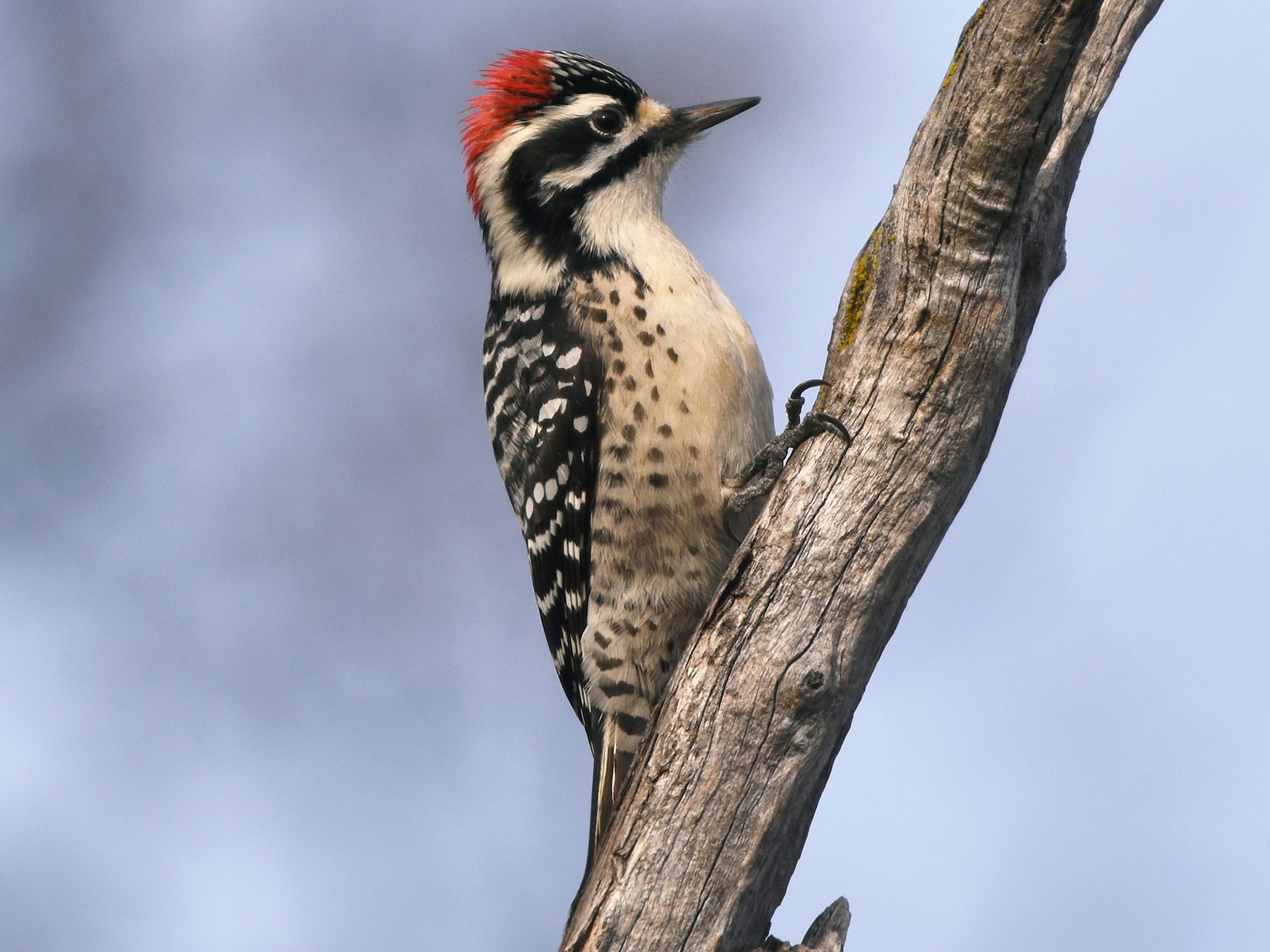Woodpeckers in Florida Population: Species Overview and Preservation
Woodpeckers in Florida Population: Species Overview and Preservation
Blog Article
Woodpeckers Unleashed: Exploring the Wonders of These Proficient Tree Mountain Climbers
Woodpeckers, with their distinct markings and rhythmic drumming resembling with wooded areas, hold a special area in the avian globe - Woodpeckers in Florida. As we delve into the elaborate details of woodpeckers' nesting practices, feeding techniques, and the recurring preservation efforts to secure these remarkable birds, a much deeper appreciation for their area in nature unravels.
Makeup and Adaptations
When checking out the composition and adaptations of woodpeckers, one can observe remarkable features that allow these birds to thrive in their specialized environmental niche. Additionally, woodpeckers have zygodactyl feet, with two toes dealing with ahead and two dealing with backwards, giving a company grasp on tree trunks while they look for food or drum for interaction.
In addition, woodpeckers have an unique tongue framework that is long, barbed, and sticky, allowing them to draw out bugs from gaps in timber. This specialized adaptation enables woodpeckers to exploit a food resource that is hard to reach to lots of other bird types. Generally, the makeup and adaptations of woodpeckers display the amazing transformative services that have permitted these birds to thrive in their arboreal environment.
Drumming Behavior
Having explored the composition and adjustments of woodpeckers, the focus currently moves to recognizing their drumming behavior, an unique facet of their communication and territorial screens. Drumming is an important form of interaction amongst woodpeckers, offering multiple purposes such as establishing areas, drawing in mates, and signaling alarm system. Each woodpecker varieties has an one-of-a-kind drumming pattern that aids individuals recognize members of their own varieties and identify them from competitors or predators.
Woodpeckers generate drumming noises by rapidly pecking on powerful surfaces such as dead trees, energy posts, and even metal objects, producing a collection of rhythmic beats. The strength and speed of drumming can differ based on the purpose; as an example, a rapid drumming sequence may signify hostility towards intruders, while a slower and softer drumming pattern can show courtship (Woodpeckers in Florida). Additionally, woodpeckers might adjust the regularity and duration of their drumming to share certain messages properly
Nesting Behaviors
Checking out the nesting practices of woodpeckers exposes remarkable understandings into their reproductive habits and habitat choices. Woodpeckers are recognized for their distinct nesting preferences, commonly excavating tooth cavities in trees to develop protected areas for increasing their young. These tooth cavities offer not only as a nesting site but likewise as a secure refuge from killers and harsh weather condition.
Woodpeckers display a high level of integrity to their nesting sites, frequently returning to the very same place time after time. This behavior highlights the importance of appropriate environment schedule for their reproductive success. The option of a nesting site is crucial for woodpeckers, with variables such as tree species, elevation, and decay stage playing substantial functions in their decision-making process.
Remarkably, some woodpecker varieties are known to dig deep into several dental caries within their territory, offering themselves go to my site with alternate nesting alternatives. This technique may function as a kind of insurance coverage against possible risks or disruptions to their primary nesting website.

Feeding Techniques
One of the most distinctive feeding behaviors of woodpeckers is drumming, which involves quick pecking on trees to reveal insects beneath go to this website the bark. Woodpeckers are additionally understood to excavate cavities in trees to accessibility hidden insect larvae or sap. Some types, like the acorn woodpecker, store nuts in specially developed openings called granaries.
Conservation Efforts
In the middle of the intricate feeding methods showed by woodpeckers, the preservation efforts focused on securing these remarkable birds play an essential role in protecting their habitats and populaces. Woodpeckers deal with numerous dangers to their survival, including environment loss because of deforestation, environment modification modifying their communities, and crashes with synthetic frameworks such as buildings and lorries - Woodpeckers in Florida. Preservationists are actively working to address these difficulties and make sure the long-term well-being of woodpecker types

Education and public recognition projects are likewise important elements of woodpecker conservation initiatives. By increasing awareness about the value of these birds in maintaining healthy forest ecological communities, preservationists can garner support for environment conservation initiatives and promote accountable land management techniques. Through additional resources collaborative initiatives between researchers, policymakers, and regional neighborhoods, we can interact to secure a future where woodpeckers grow in their all-natural habitats.
Verdict

Report this page